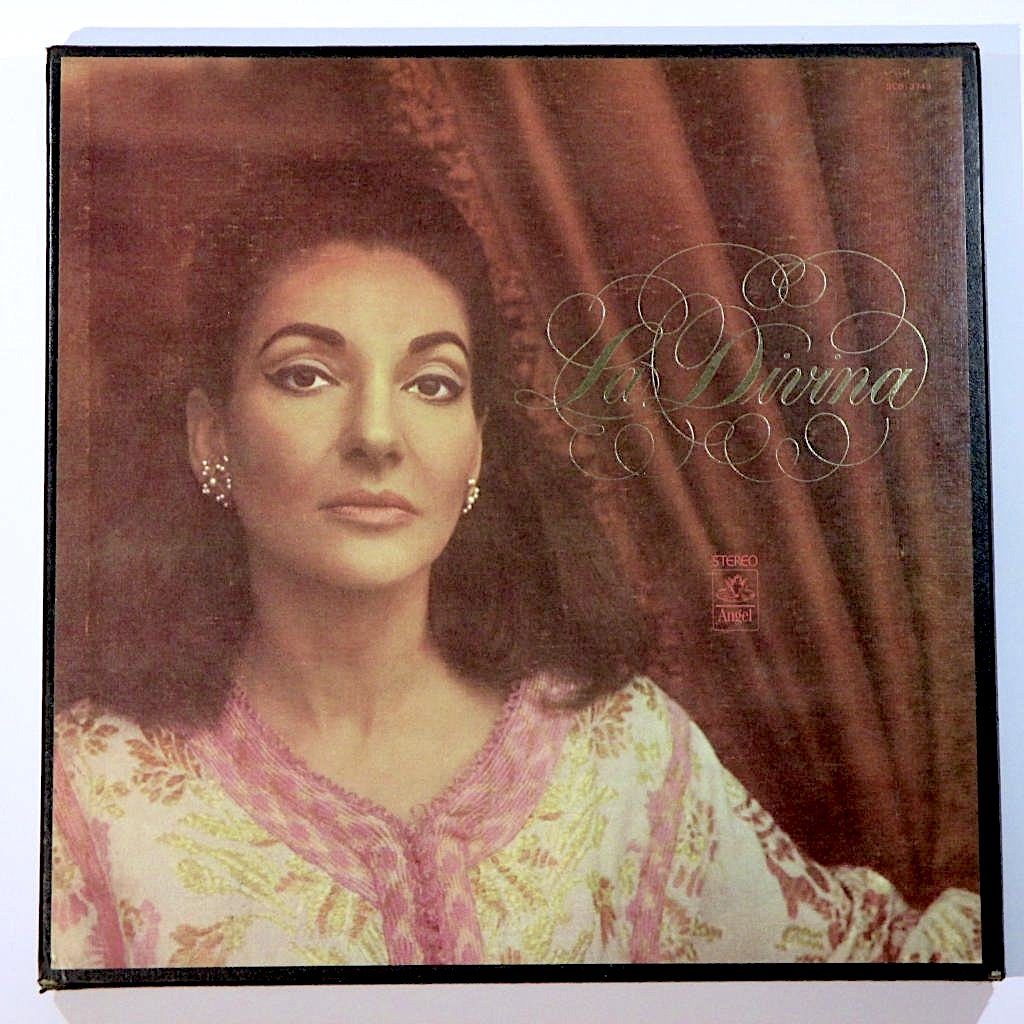There is a persistent myth in the operatic world that singers sing difficult roles too early in their careers, and a related myth that this is the principle cause of the vocal burnout among early- and mid-career opera singers that has been plaguing the business of opera for decades now. (To see how real, prevalent and long-standing the problem is, take a look at Will Crutchfield’s still pertinent “Vocal Burnout at the Opera” from the New York Times back in September of 1986.) At first blush, it may seem plausible that an early assumption of “heavy” operatic roles could cause vocal damage, and that too many singers have attempted the dramatic roles of Verdi, Wagner, Puccini and Strauss, leading to technical problems and shortened careers.
The real issue, however, is not as straightforward as it seems, and I have come to believe that the primary cause of distressed voices does not lie in a specific repertoire sung prematurely, but rather is a function of the inadequacy of modern vocal training. In fact, it seems increasingly obvious to me that the reason operatic voices don’t last is not that singers take on big roles too early, but that singers arrive at the age when they should be earning a living from singing without the technical and musical foundation that will see them through the rigors of singing opera, period. For, historically speaking, it is simply untrue that singers from the “Golden Age” waited longer and bided their time singing small roles and “easy” music before tackling demanding operatic roles. Yes, there are cases of singers who sang lighter parts as their voices developed. Kirsten Flagstad is often cited as an example of someone who didn’t sing her big roles (in her case, Wagner) until she was in her 30s, but in fact, Flagstad didn’t bide her time singing only operetta and Handel; she essayed Desdemona, Amelia in Ballo and that notorious voice-killer Minnie in La Fanciulla del West while still in her formative years.

